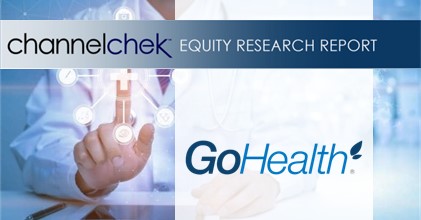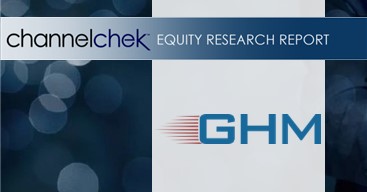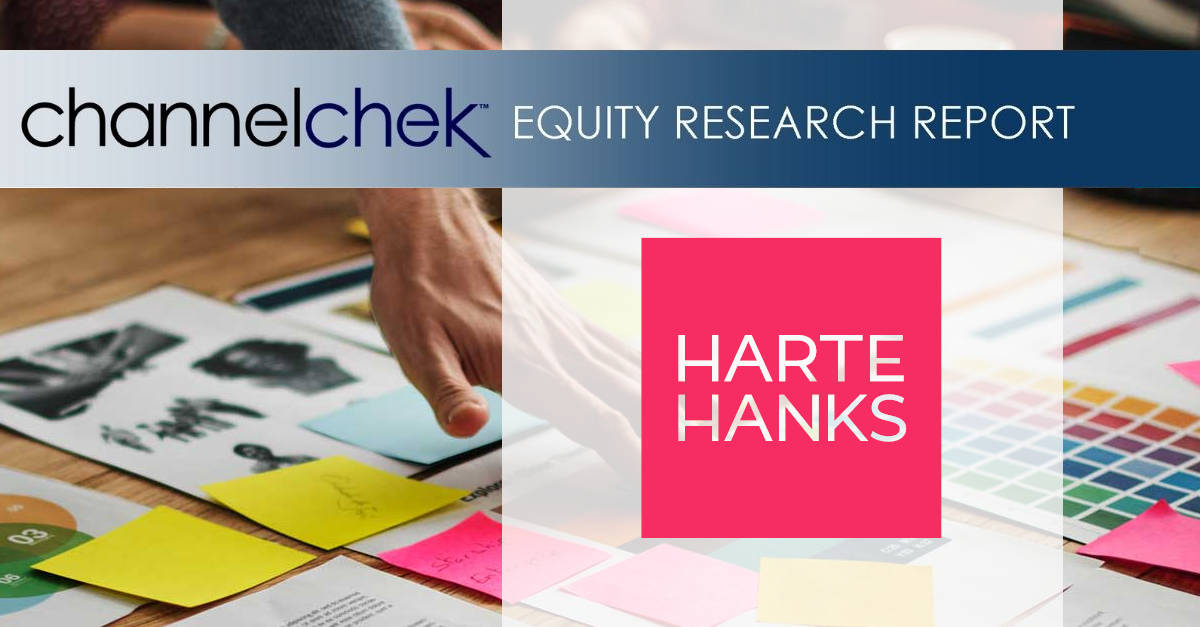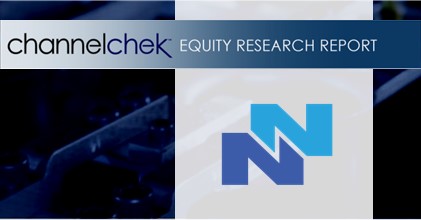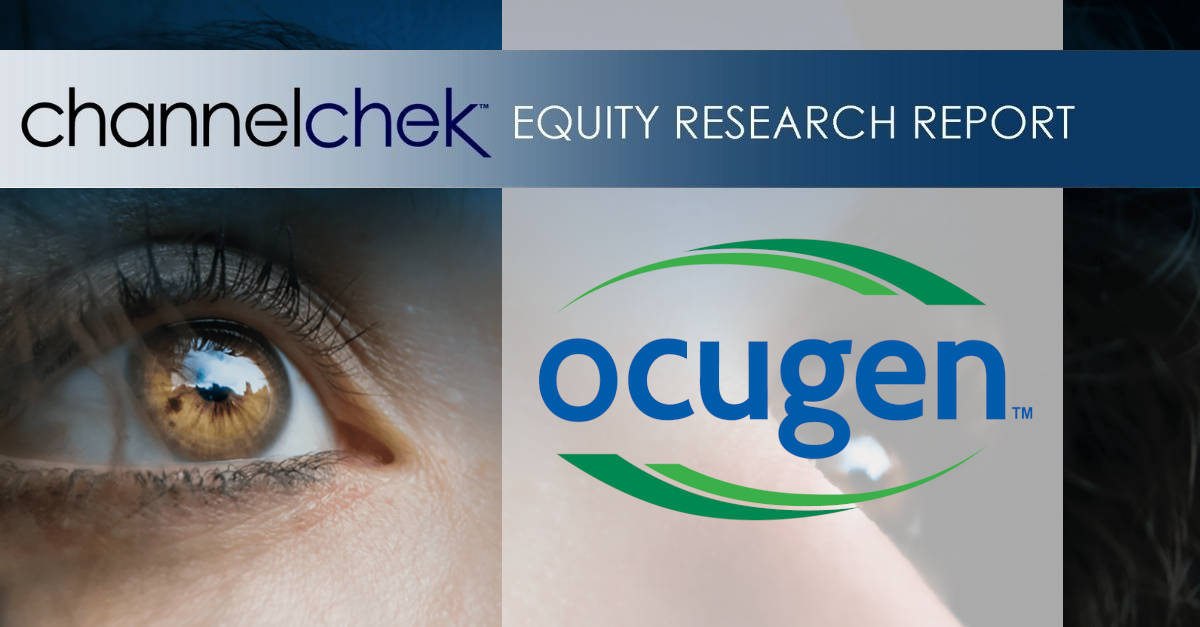| Key Points: – Mars acquires Kellanova for $36 billion, creating a snacking powerhouse – Deal combines iconic brands like M&M’s, Snickers, Pringles, and Pop-Tarts – Merger aims to boost market share and navigate changing consumer trends |
Mars Inc. has announced its acquisition of Kellanova for a staggering $36 billion, sending shockwaves through the global snack industry. This landmark deal, the largest of 2024, is set to reshape the landscape of the packaged food sector and create a snacking behemoth that combines some of the world’s most beloved brands.
The all-cash transaction, which values Kellanova at $83.50 per share, represents a significant 33% premium over the company’s recent stock price. This bold move by Mars, the family-owned confectionery giant, signals a strategic push to expand its snacking platform and strengthen its position in an increasingly competitive market.
As consumers continue to reach for convenient, branded snacks despite economic pressures, this merger capitalizes on the enduring appeal of household names. The deal brings together Mars’ iconic candies like M&M’s and Snickers with Kellanova’s popular offerings such as Pringles, Cheez-It, and Pop-Tarts. This diverse portfolio positions the combined entity to cater to a wide range of snacking preferences and occasions.
Mars CEO Poul Weihrauch emphasized the company’s commitment to maintaining price stability, stating, “We hope to be able to absorb more costs in our structure and help alleviate the issues we have in an inflationary environment.” This consumer-friendly approach could help the newly formed snacking powerhouse navigate the challenges of price-sensitive shoppers and increased competition from private label brands.
The merger also presents exciting opportunities for global expansion. Kellanova’s strong presence in Africa opens new doors for Mars to introduce its confectionery products to the continent. Conversely, Mars’ established foothold in China could pave the way for Pringles to significantly expand its reach in the world’s most populous market.
Industry analysts view this deal as a potential catalyst for further consolidation in the packaged food sector. As companies seek to achieve economies of scale and enhance their competitive edge, we may see more strategic acquisitions and mergers in the near future.
However, the road ahead is not without challenges. The combined company will need to navigate changing consumer preferences, including a growing demand for healthier snack options. Mars has indicated that about half of its portfolio will consist of “wholesome” snacks, such as low-calorie Special K, Kind bars, and Nutri-grain, addressing this trend.
Another potential hurdle is the impact of weight loss drugs like Ozempic and Wegovy on snack consumption. While Mars currently has no plans to develop products specifically for users of these medications, the company’s diverse portfolio may help mitigate any potential downturn in certain product categories.
As the deal moves forward, subject to regulatory approvals, the snack industry watches with bated breath. The creation of this new snacking giant is poised to reshape market dynamics, influence product innovation, and potentially redefine the way we indulge in our favorite treats.
With the transaction expected to close in the first half of 2025, consumers and investors alike are eager to see how this sweet merger will transform the future of snacking. As Mars and Kellanova join forces, one thing is certain: the snack aisle will never be the same again.









